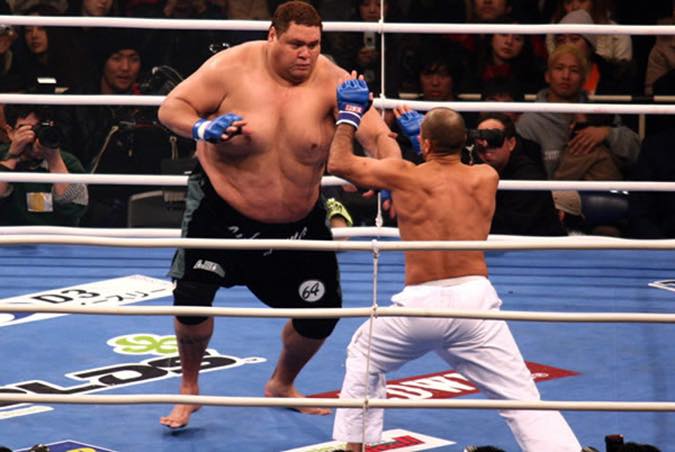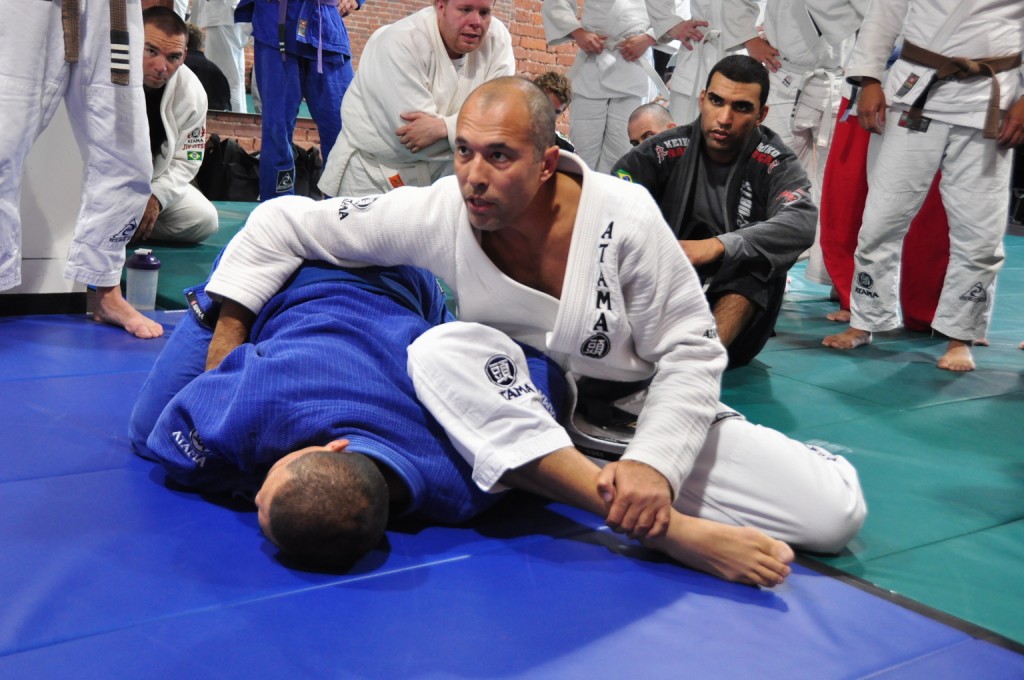
History of Okinawan Kobayashi Shorin Ryu Karatedo
Okinawa, Japan is the home of modern day Karate and Kobudo. The following is a compliation of sources of information about the evolution of Kobayashi Sham and Okinawan Martial Arts. Historians believe that the art of Okinawan Karate first originated Independent of any other combat system. It is also believed that this system of unarmed combat can be traced back over 1000 years ago. Because the Islanders were not of wealthy status, weapons were scarce. The aggressiveness of warlords gave the people a rise to stand together and demanded an evolution of unarmed combat.
Eventually, Okinawa entered into trade relationship with China. The trade and political friendship allowed the Okinawan people to observe the different aspects of Chinese cultural warfare, and were thus exposed to Chinese boxing systems.
The Owinawans still experienced much turmoil. The battle of the Wand left the Okinawans’ weapons in jeopardy. While the Wand was unified by King Shot Bashi in 1429, the Owinawans were able to possess weapons. However, in 1470, King She Nat destroyed the former dynasty and made due with his own. Soon, all arms were banned on the island in fear that the reign might be over thrown. As a result, the emphasis on martial arts fighting progressed. The main villages of Okinawa are credited with the main systems that emerged from Okinawa. From the village of Shun, came Shun Te. From the village of Naha, came Naha Te. Finally, from the ukase of Tcynari, came Tornari Te.
Besides empty hand combat, the Okinawans also began the practice of Kobudo (weapons). Because of King Silo Hashes ban on the traditional weapons (such as the samurai sword), the Okinawans began using their everyday farming implements as weapons. From this practice, the most commonly thought of weapons became known as the bo (staff), the oar (boat oar), and the Kama (grass or cain sickle), the tonfa (utility handle), and the Nunchaku (horse hrt, and even rice flail). Many other weapons may have been practices.




